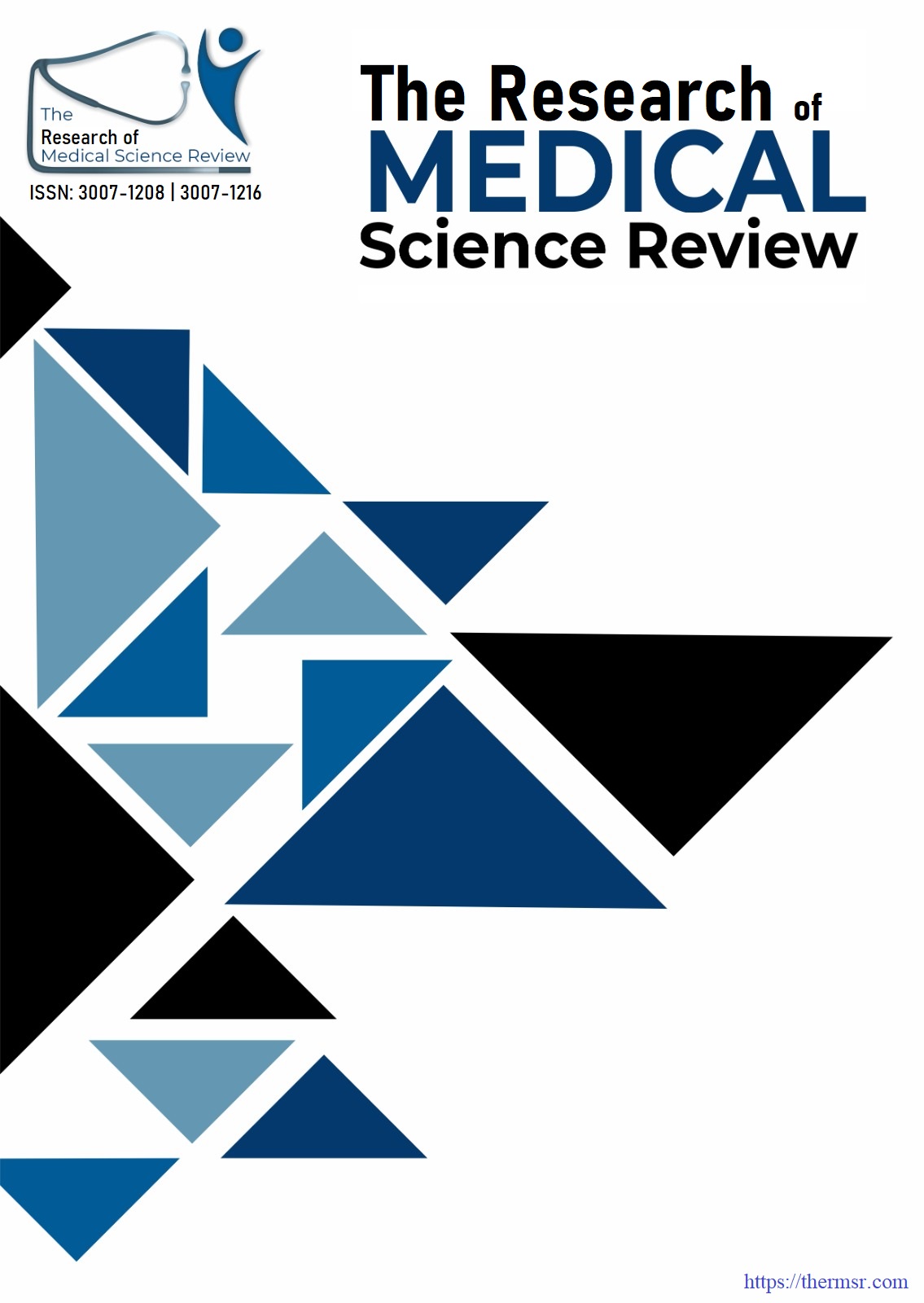FREQUENCY OF MEASLES AMONG VACCINATED CHILDREN AT CIVIL HOSPITAL SUKKUR
Keywords:
Measles, Vaccination, Frequency, ChildrenAbstract
Objective: To determine the frequency of measles among vaccinated children at GMC Sukkur. Methods: A cross-sectional descriptive study was conducted at the Department of Pediatric Medicine, GMC Sukkur, from 1st March to 31st August 2024, using non-probability consecutive sampling. The study included vaccinated children aged 1 to 7 years presenting with maculopapular rashes in the emergency or ward. Children were excluded if their parents failed to provide an immunization card, or if they had diseases like viral exanthema or hand-foot-mouth disease, or were immunocompromised. A detailed history and physical examination were performed. Blood samples were taken to assess infection severity, and the diagnosis of measles was made based on predefined criteria. Supportive management, including antipyretics and vitamin A, was provided to all children. A pre-designed proforma ensured data accuracy. The analysis was conducted using SPSS, with statistical significance set at p ≤ 0.05. Results: In our study of 146 vaccinated children, 23.3% (34/146) were diagnosed with measles. The data consisted of 62% males (91 children) and 38% females (55 children), with a mean age of 4.53 ± 1.79 years. The mean weight and height were 16.91 ± 3.37 kg and 101.64 ± 11.16 cm, respectively. Among the common symptoms of measles, fever was observed in 17.8% (26 children), cough in 20.5% (30 children), and conjunctivitis in 18.5% (27 children). Statistically significant associations were found between measles and gender (p = 0.036), with more females (18) diagnosed than males (16). Fever also showed a significant relationship with measles (p = 0.043), as 10 out of 26 children with fever were diagnosed with measles. Cough had a highly significant association (p = 0.001), with 14 out of 30 children presenting with a cough being diagnosed with measles. Similarly, conjunctivitis showed a significant correlation (p = 0.017), with 11 out of 27 children with conjunctivitis diagnosed with measles. Socioeconomic status also revealed a significant relationship (p = 0.010), with children from lower socio-economic backgrounds having a higher likelihood of contracting measles. Parental education levels were significantly associated with measles incidence (p = 0.002). Conclusion: The study establishes crucial elements which push up measles cases among vaccinated children including gender, symptoms and social position and educational levels of the parents. The results demonstrate an urgent requirement for improved public health measures that aim to enhance vaccination coverage and manage socio-economic determinants. Future research must explicitly evaluate MMR vaccine effectiveness and investigate booster doses while developing maternal health education to decrease measles infections.
Downloads
Downloads
Published
Issue
Section
License

This work is licensed under a Creative Commons Attribution-NonCommercial-NoDerivatives 4.0 International License.















